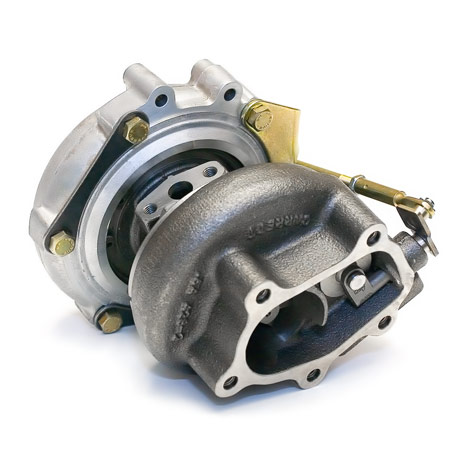Heres my 2¢... My opinion
With a spring controlled WG, I would think that the WG would stay open more, dumping a little boost at a higher elevation and lower BAP.. there is a larger ∆P across the wastegate which allows the exhaust pressure push against the WG-door/spring with more force.
Rather than looking at your weights as holding back your boost.... I look at it as your slightly lower boost, because of wastegate being open more, holding back your weights... The turbo could not make the full 6lbs at Togwotee because the ∆P across the WG bypassed more exhaust around the turbine.... I doubt your turbo was 'flat-lining' as it can easily make double that boost on an 800 at Togwotee before hitting the choke line.
A fixed spring force acting against the WG is able hold the WG closed less as Baro drops.
Another way to look at this is that a given pipe pressure will open the WG more as BAP drops (increase in elevation)
This is where a self compensating EBC will have better altitude compensation as it regulates MAP regardless of ∆P-baro.... within the confines of the turbos capabilities of course... and the 2860 certainly is working within it's capabilities in your situation and pressure levels.
Just my opinion.... I'm sure Bryce could add more to this.
Glossary..
MAP -- Manifold Abslolute Pressure (PSIa/ kPa etc)
BAP -- Barometric Absolute Pressure (PSIa/ kPa etc) (AKA 'Baro')
MGP -- Manifold Gauge Pressure
WG -- Waste Gate
∆P -- Delta P -- differential pressure -- pressure on one side compared to the other.... eg a WG, turbine in/out or a compressor in/out
.





